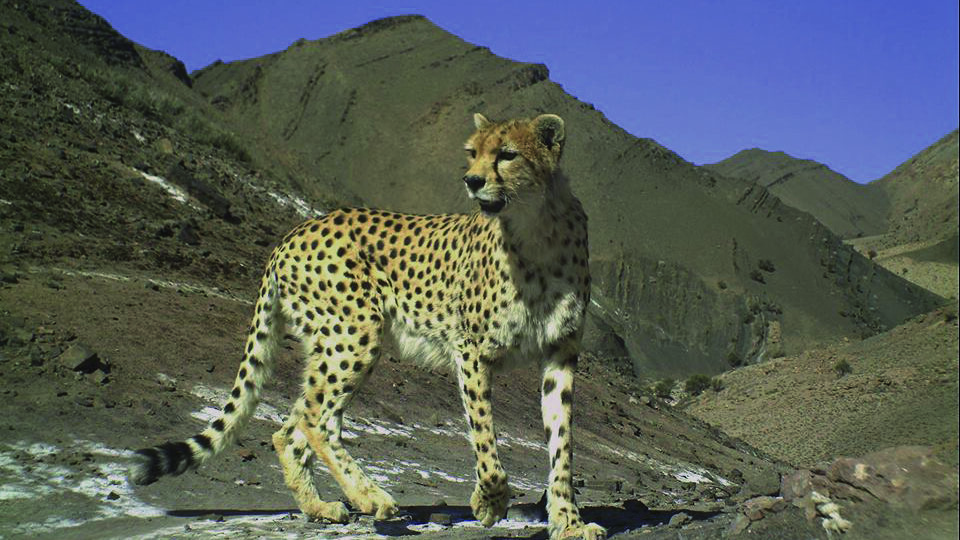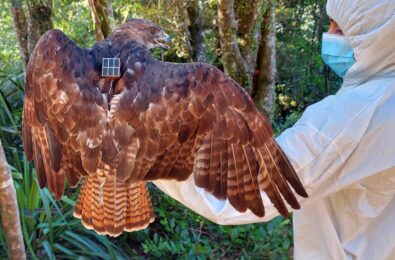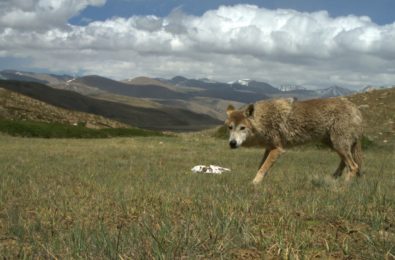Did humans cause the Asiatic cheetah to change its diet?

The Asiatic cheetah is a fascinating and critically endangered carnivore currently only surviving in the mountains of Iran. Mohammad Farhadinia (FFN winner 2008) is dedicated to studying and protecting this elusive species. Together with other researchers, he delved into the behaviour of these cheetahs to better understand how these felines forage for food. By examining historical records, ethnobiological knowledge, and recent observations, they are shedding light on the cheetahs’ ecological adaptations and help inform conservation efforts.
One popular belief that Mohammad and his colleagues set out to investigate, is whether Asiatic cheetahs have had to change their hunting habits due to a decline in gazelle populations caused by human activities. To explore this, they analysed historical and ethnobiological data (the interactions between humans and the environment), which revealed that gazelles were indeed the primary prey for cheetahs across their Asian range in the past. However, they also discovered that cheetahs did also hunt urial, a type of mountain ungulate, alongside gazelles. This finding challenges the belief that hunting mountain ungulates is new behaviour for Asiatic cheetahs.
Moreover, the researchers examined the recent hunting behavior of cheetahs and found that they showed to be quite flexible when it comes to selecting their prey. They observed that cheetahs hunt for gazelles, which inhabit open plains, as well as ungulates living the mountains. Although the cheetahs predominantly pursued gazelles in the morning, while predation on mountain ungulates occurred more frequently in the afternoon.
- Asiatic Cheetah
- Black-tailed gazelle
- Urial
Drawing from their findings, Mohammad and his colleagues propose a few management implications to aid the recovery and restoration of cheetah populations in Asia. For example, they suggest providing water and supplementary feed could be of use in transition areas between low and high elevation, to allow the cheetahs increased access to prey in desert environments. As mentioned above, cheetahs inhabit both open plains and mountainous landscapes, contradictory to general belief, meaning management plans should include a varied habitat type as well as multiple prey options.
The team emphasize the importance of historical studies in understanding the behavioral ecology of rare species like the Asiatic cheetah. By unraveling the cheetahs’ past and present foraging patterns, conservationists can make informed decisions and develop effective strategies to safeguard these majestic creatures.
Through this study, Mohammad offers valuable insights into the foraging behavior and prey preferences of the Asiatic cheetah. It highlights the historical presence of gazelles and urials as important prey species for cheetahs, and the adaptability they exhibit in their hunting behavior. Using this knowledge, conservation efforts can be tailored to better protect and restore the population of Asiatic cheetahs, ensuring their survival and promoting the ecological balance of their habitats.




















